Contents
When decorating and landscaping a site with flowers, we often use petunias. It can grow anywhere – in flower beds, rabatka, in large flowerpots and flower pots of any size, in a hollowed-out snag, a cut plastic bottle, a leaky bucket, even in an old shoe.
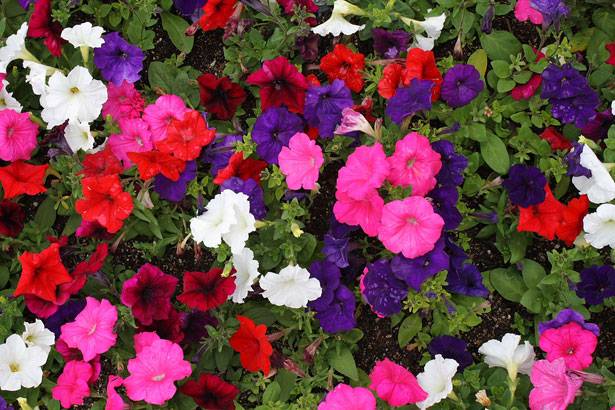
If you need only a few flowers, we do not hesitate to buy seedlings, since it costs within reason. But to decorate a large area, or if you want to turn the yard into a blooming and fragrant miracle, it is better to grow flowers on your own. Those who purchase seeds from year to year know how often low-quality planting material goes on sale. And it does not always grow what is stated on the label. We will talk about how to collect petunia seeds at home.

Seed propagation of petunias
Reproduction of flowers by seeds is one of the easiest and most affordable ways. But only if you know when and how to collect them, how to dry them, and also what to expect from the shoots that have appeared. And it often happens – the hostess collected dry flowers, sowed them, but they either did not sprout at all, or during flowering they turned out to be completely different from the mother plant.
Actually, petunia is a perennial plant, it’s just that we grow it as an annual. Owners of winter gardens or greenhouses may well transfer the flower they like to the house for the winter. Even just on a wide, well-lit windowsill, after a short rest and a short pruning, the petunia will delight caring owners with abundant winter flowering.
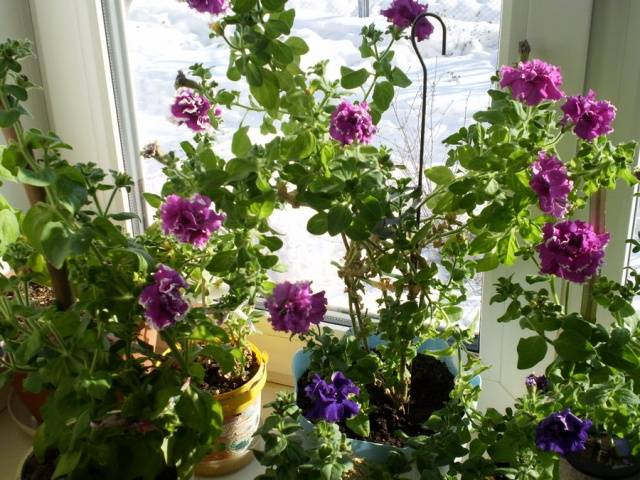
But most of us are content with communicating with a beautiful fragrant flower from May to September-October. And they are forced to independently collect seeds from plants they especially like in order to sow them for seedlings in the summer to get a new extravaganza of colors and smells.
Overview
Petunia fruits are a bivalve box that cracks when ripe, with very small seeds of a dark brown, rarely yellowish color. Usually the ovary reaches a centimeter length and contains 100 or more seeds with a diameter of half a millimeter. You can collect them only until the box is fully opened.
The pistils in petunias ripen before the stamens, therefore, with rare exceptions, it is a cross-pollinated flower. What to expect after sowing? Will grown flowers look like their “parents”?
Watch a video that clearly shows which petunias you can collect seeds from and what happens as a result:
Solid plain flowers
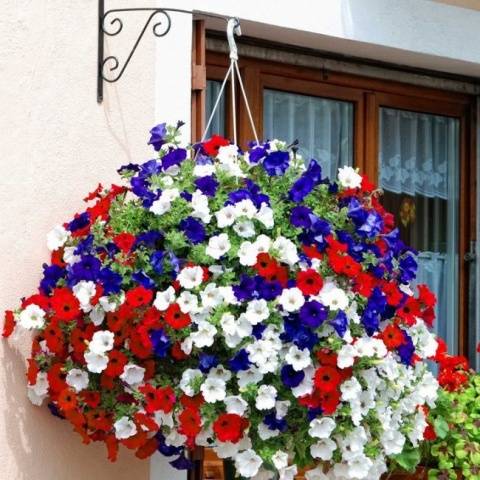

From the seeds of solid petunias, most likely, you will grow plants similar to the mother. The simpler the color and shape of the flower, the more likely it is that the gramophones will resemble last year’s ones. Best of all, white, pink, purple, lilac (all shades) colors are transmitted to the next generation. Red, black, yellow can split into other colors or change shade.
hybrid plants
Perhaps the most beautiful flowers in a hybrid petunia. They can be multi-colored:


- striped;
- stellate;
- mottled;
- bordered;
- mesh.
Or different flowers:


- fringed;
- corrugated;
- with a wavy edge;
- terry.
From all hybrid petunias, except for terry varieties, it is possible to collect seeds. True, when the seedlings bloom, they can be very different from the mother plants both in flower shape and color. But in any case, they will be beautiful. Some housewives sow the seeds they have collected with their own hands and wait with bated breath to see how the stripes or spots will be located on the flower.
Terry varieties
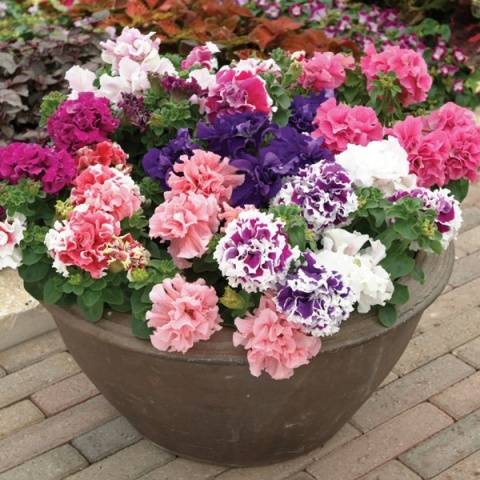

How to collect terry petunia seeds? The answer is very simple – no way. Terry hybrids do not set seeds, since it is their pistils that turn into additional petals. The stamens not only reproduce normally, there are even more of them than in ordinary varieties.
Plant a terry petunia next to the usual one, collect the seeds from the latter. The result of cross-pollination, if you’re lucky, will be from 30 to 45% of plants with many petals.
So is it possible to propagate terry petunias? Yes, but vegetative propagation is used to guarantee the preservation of varietal characteristics.
Getting seeds
Collecting petunia seeds and saving them is simple. You just need to follow some rules.
Seed collection


It is best to collect petunia seeds on a dry sunny day. With sharp scissors, cut off the darkened, already cracked, but not yet opened boxes and put them in a clean box or paper bag.
It is believed that the best seeds are obtained from the first flowers. Mark selected seed pods by tying them with colored string and wait for maturation.
Very often we do not sow even half of the seeds that we collect. It makes no sense not to clean the petunia from wilted buds and prematurely stop its flowering. Remember that each ovary contains about 100 seeds, which are stored for 3-4 years.
Drying and storage
It is not enough to simply collect the seeds, they need to be dried, following simple rules. Spread the boxes in a thin layer on a clean sheet of paper and leave in a dark, well-ventilated place at room temperature until completely dry.
Free the seeds from the boxes, put them in paper bags, label them with the variety. They will need another 3-4 months for ripening. This simply means that the planting material should be stored at room temperature in a dry place.
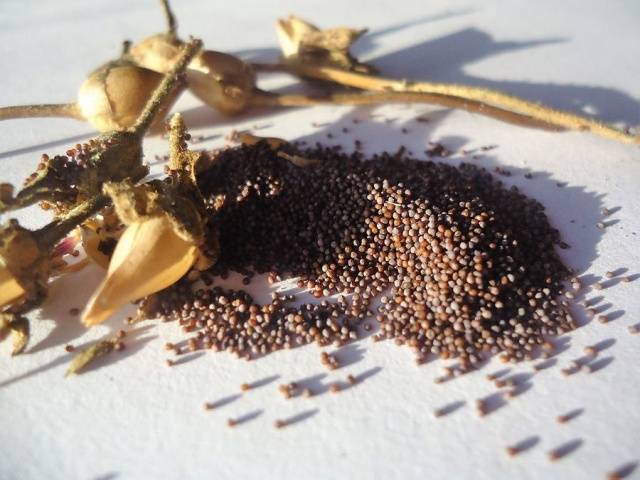

Conclusion
Now you know how to properly collect, dry, store petunia seeds. It does not require any special efforts or special knowledge.
Grow your own flowers. Let them delight you not only throughout the warm season, but also in the cold, dull winter.










